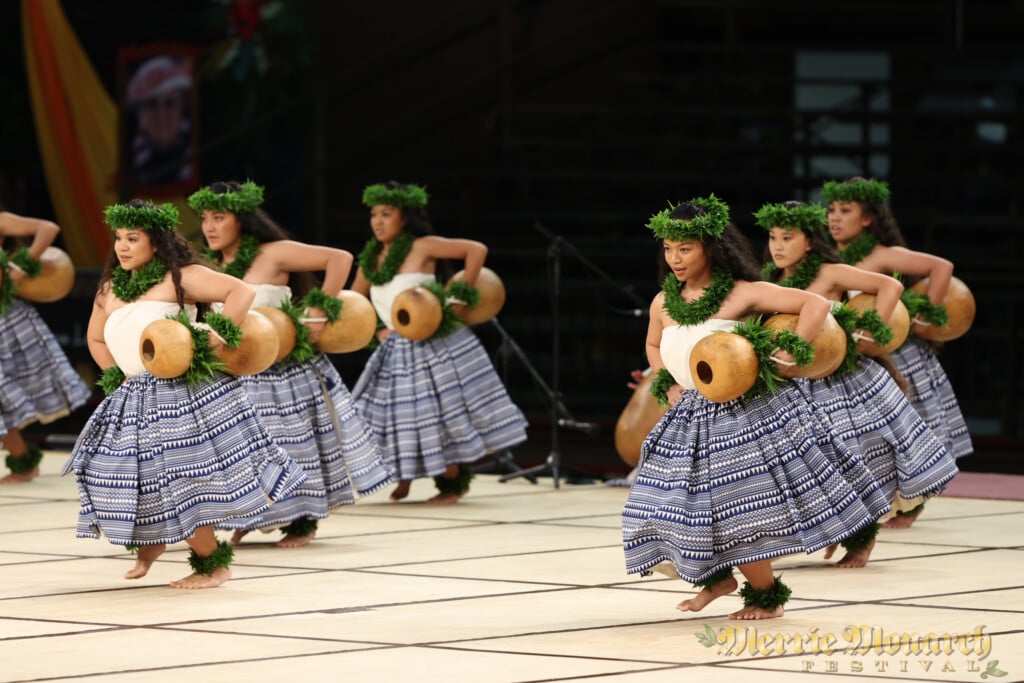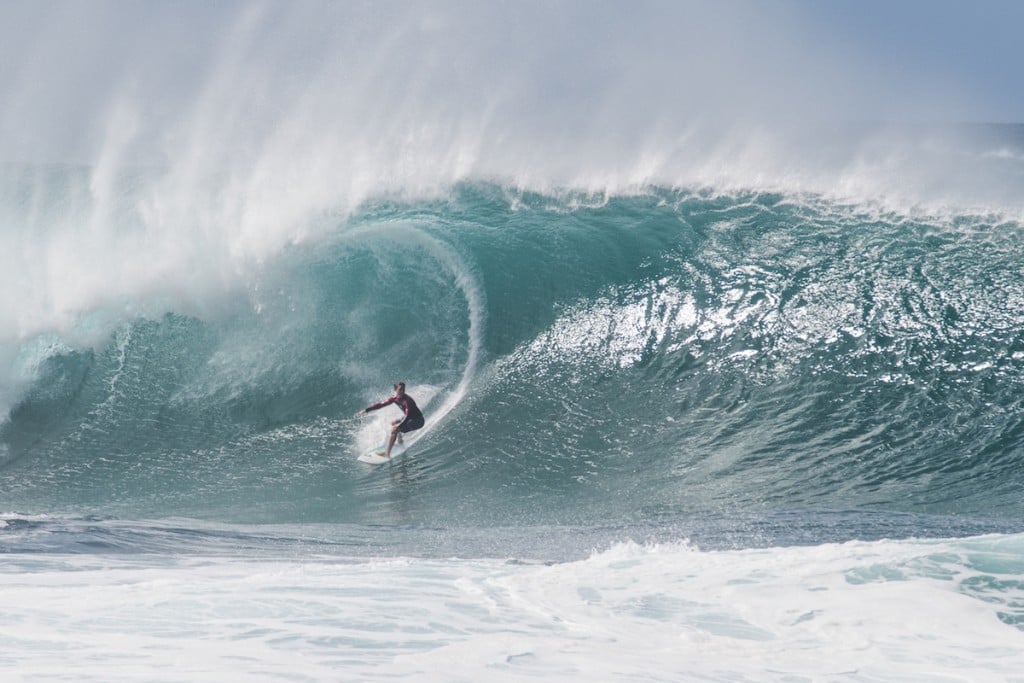Hiking Kilauea Iki Trail at Hawaii Volcanoes National Park for the first time

If you’re headed to Hawaii Volcanoes National Park, there are a number of hiking and exploring options available to you. One of the most popular hikes that I recommend, if you have two to three hours, is the four-mile Kilauea Iki (Little Kilauea) loop trail. Over the long weekend, I packed up the car and hiked it for the first time, and it left me wondering why I hadn’t tried it sooner.
At the trailhead, I stopped first to visit the dimly lit Nahuku, also known as Thurston Lava Tube, before embarking on the four-mile loop trail. The cave was formed 500 years ago when a flume of lava rushed through the jungle, its walls hardening as it emptied its contents into the surrounding landscape. Today, the dank tube, penetrated from above by dangling tree roots, empties hikers into a rain forest dotted with ohia trees and hapuu (Hawaiian tree ferns), tracing Kilauea Iki’s rim

Volcanoes National Park is one of the most popular parks in the state (it received 1.5 million visitors in 2014). I headed out on the trail next, camera looped around my neck, expecting to shuffle my way through crowds, but was pleasantly surprised to find the trail virtually empty. I was thankful for the cloudy skies and frequent sprinkles that may have kept some people away; it cooled me down and infused the air with the scent of wet forest. It was enough to overpower the sulfur of the nearby steam vents.
Even in this grey, tranquil setting, I was nervous. For two miles after the tube, I skirted my fate—peering into the black bowl of Kilauea Iki below.

Used for scene setting in the 2001 remake of the “Planet of the Apes” movie, the crater is otherworldly. Some two miles from the active lava lake Halemaumau crater, the Puu Puai cinder cone within Kilauea Iki saw its biggest action in November 1959, when a violent eruption sent lava streaming 1900 feet into the night sky.
As I step aside to let a brisk-walking couple pass, I venture closer to Iki’s steep lip. From that vantage, I can’t help but imagine the ground giving way like something from a Hollywood action movie. Fortunately, it’s all in my very active imagination and the imagery is long gone by the time I’ve made my way down and out onto the black rock of the crater floor. Ahu (stacked stone markers) illustrate a safe and direct way through the black rock desert. The crater is much bigger from here than it looked from above. The sky opens up as I step away from the relative comfort and cover of the forest.

As I traverse the crater, I notice changes in the rock. Gnarly clusters of aa lava, oozing steam, give way to smoother weathered lava further from the forest. Part way across, I spot a huge cave—now filled with the sounds of birds—and imagine the violence that created it. I want to take it all in, but my active imagination returns.
I’m suddenly convinced there is a hallow sound in my footsteps, that I am walking on a thin layer that could give way at any moment. I peek under rocks to see if I can find the origin of the steam. I half expect (even though I know better) to find an underground cavern supported by subterranean pillars, their bases lapped by the flow of a glowing red river. I stand up and brush myself off.
Not so bold as others to leave the trail and investigate a massive steam vent, I stick to the trail and head back up and out through the forest on the other side. It’s a slog to the top, but you better bet I’ll be back.




